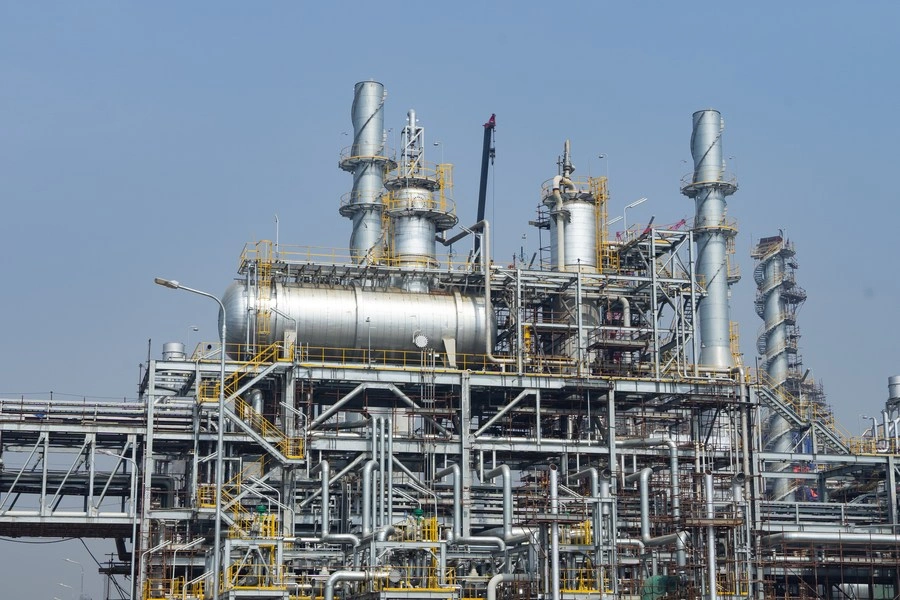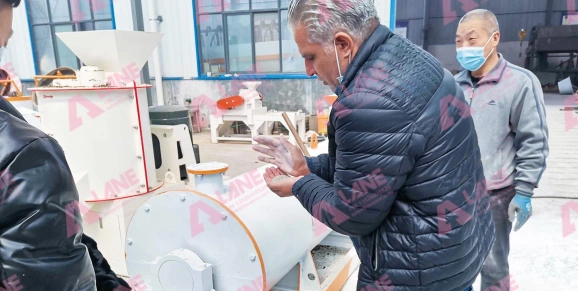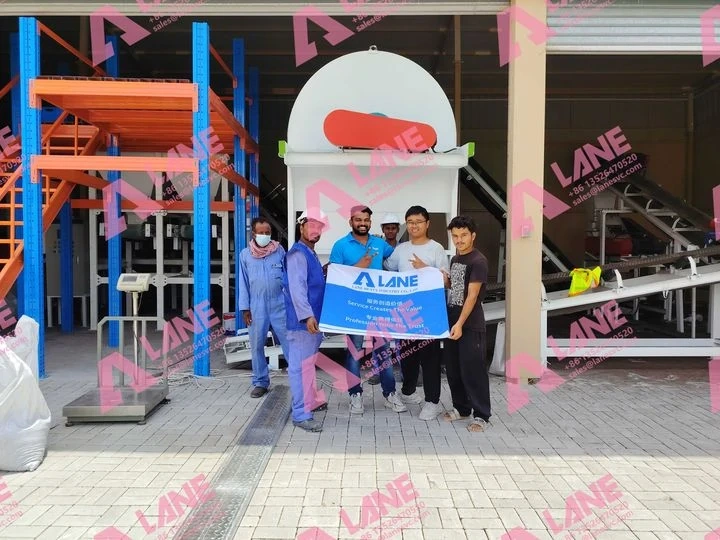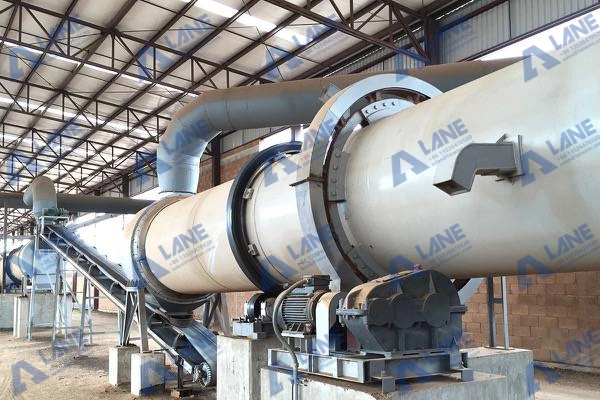SSP Production Line for Small-Scale Fertilizer Plant: Complete Process and Equipment Guide
- 2025-10-11
Introduction – Why Small-Scale SSP Production Matters
The growing global demand for phosphate-based fertilizers has made it increasingly important for producers to adopt efficient and cost-effective manufacturing solutions. Among all phosphorus fertilizers, Single Super Phosphate (SSP) stands out for its affordability, stability, and agronomic benefits. Establishing an SSP production line for small-scale fertilizer plant provides an ideal entry point for investors and manufacturers seeking low investment and high profitability. The process is proven, adaptable, and supported by a well-established industrial foundation. This article explores the complete manufacturing process, equipment configuration, plant design, and cost considerations for setting up an SSP production line for small-scale fertilizer plant. By understanding each stage—from raw material preparation to packaging—manufacturers can ensure product quality, operational efficiency, and long-term sustainability.
Process Overview – Step-by-Step SSP Production Flow
The SSP production line for small-scale fertilizer plant involves several key stages, each requiring precise control to maintain consistent product quality and maximize phosphorus availability for crops.
Raw Material Preparation: The key raw materials are ground phosphate rock and sulfuric acid (68–72% concentration). Phosphate rock is crushed to a fine powder to enhance reactivity, while the acid is prepared and stored in corrosion-resistant tanks. A well-designed raw material preparation system ensures a steady supply to the acidulation section.
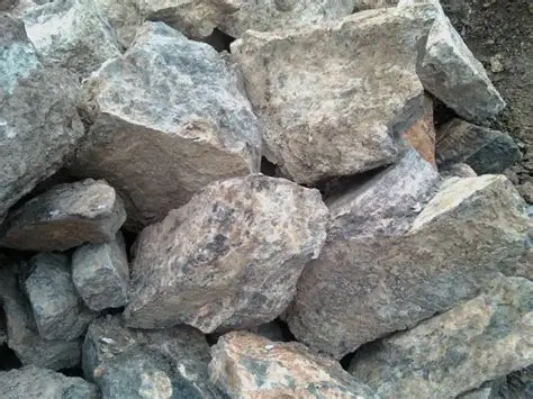
Acidulation Process:Within the SSP production line for small-scale fertilizer plant, the acidulation stage determines product quality. In a lead-lined or FRP tank, ground phosphate reacts with sulfuric acid, producing “fresh SSP” slurry. Proper temperature, residence time, and mixing control guarantee complete reaction and uniform conversion.
Curing and Maturation: The slurry is transferred to a curing pit or bin, where it matures over 7–15 days. This step reduces free acid content and hardens the product. Proper curing in the SSP production line for small-scale fertilizer plant ensures safe handling, better granulation, and consistent nutrient distribution.
Granulation and Drying: To improve the physical form and ease of application, the cured SSP is granulated. Common equipment includes disc granulators or rotary drum granulators. The granules are then dried using a rotary dryer to reduce moisture content to below 5%. This step enhances product stability and prevents caking during storage.
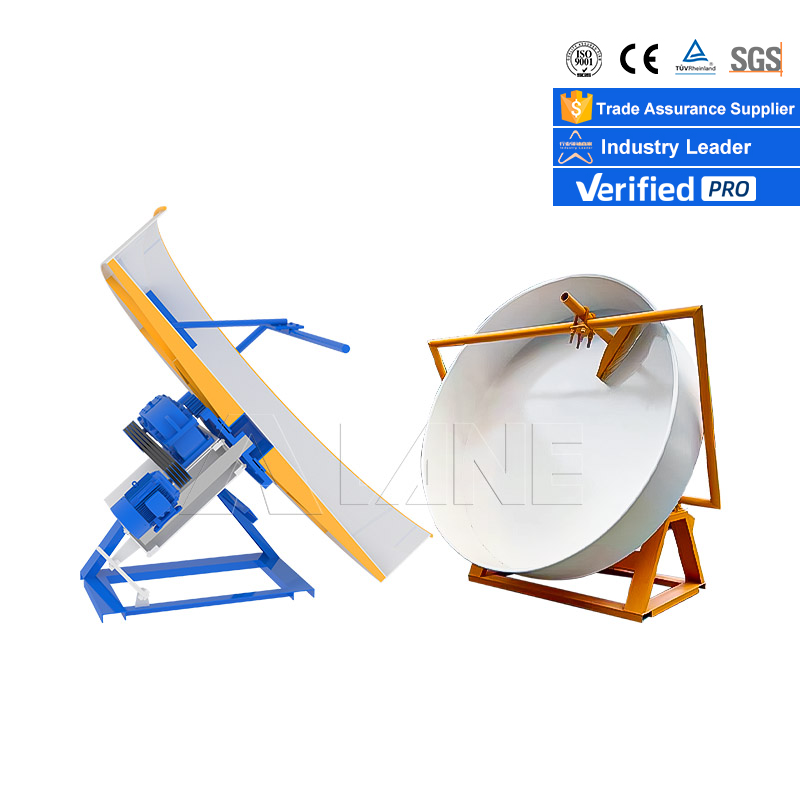
Screening and Packaging: After drying, granules are screened to separate oversized and undersized particles. The final product is conveyed to automatic packing systems, typically in 25–50 kg bags. Oversized granules are crushed and recycled back to the granulation system, ensuring minimal waste.
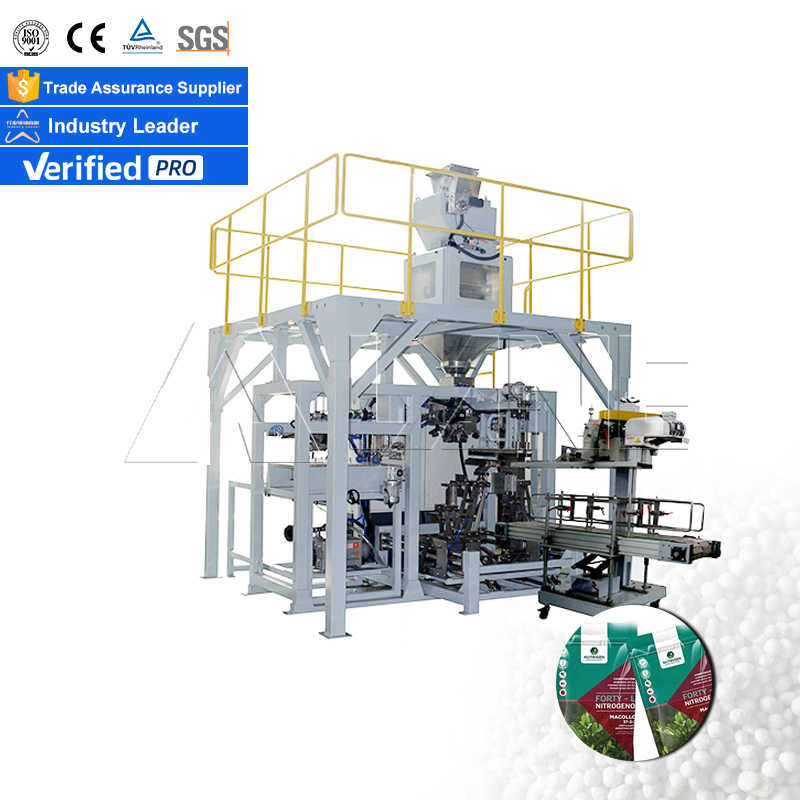
Essential Equipment in SSP Production Line
A complete SSP production line for small-scale fertilizer plant is composed of several essential machines that work together to ensure efficient and stable production. The process begins with an acidulation tank, where phosphate rock reacts with sulfuric acid to form SSP slurry. These tanks are usually made of lead-lined steel or FRP to prevent corrosion. The reacted material is then blended uniformly in a horizontal or ribbon mixer, ensuring consistency and proper reaction completion.
Next, the material passes through a disc or drum granulator to form uniform granules, followed by a rotary dryer with an air heating system to remove moisture and improve product stability. A rotary drum screener classifies granules by size, recycling the oversized portion back into the system. Finally, an automatic weighing packer completes the process by accurately filling and sealing fertilizer bags. Together, these machines form the backbone of an efficient, low-maintenance, and cost-effective SSP production line for small-scale fertilizer plant.
- Dust collection and scrubber systems for acid mist control
- Bucket elevators and belt conveyors for material transfer
- PLC-based automation for consistent operation and reduced labor cost
Layout and Design Considerations
When designing an SSP production line for small-scale fertilizer plant, space optimization and efficient material flow are key. Compact layouts reduce construction costs and energy losses. A typical small-scale SSP plant occupies 2,000–4,000 m² of land, with an annual production capacity ranging from 3,000 to 10,000 tons. The layout should ensure a smooth flow from acidulation to packaging while minimizing manual handling and cross-contamination. Corrosion protection for structures and pipelines is also crucial due to the acidic environment.
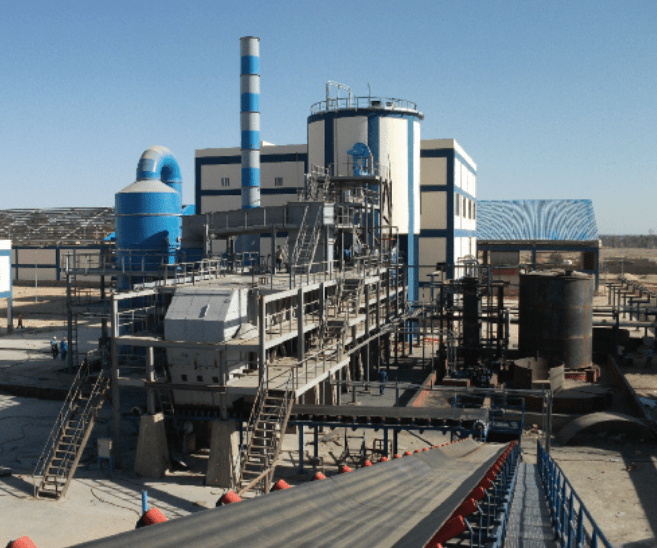
Environmental and Safety Considerations: Modern SSP plants must adhere to environmental standards to control emissions and ensure safe operation. Acid mist and fluoride gases generated during production should be treated through scrubbers and neutralization systems. Sulfuric acid storage tanks must be equipped with secondary containment and proper ventilation. Regular maintenance of FRP components and pipelines minimizes corrosion-related risks. Implementing these safety and environmental measures enhances plant longevity and community trust.
Conclusion
For small and medium-sized fertilizer producers, investing in an SSP production line for small-scale fertilizer plant offers a highly practical and sustainable business opportunity. The technology is proven, the process is straightforward, and the demand for phosphate-based fertilizers remains consistently strong. By leveraging reliable equipment and locally available raw materials, SSP production enables entrepreneurs to achieve long-term profitability while supporting improved soil fertility and balanced crop nutrition.
Moreover, by prioritizing efficient plant design, high-quality machinery, and strict environmental compliance, producers can ensure that their SSP facilities operate with maximum safety, stability, and cost efficiency. Such an approach not only enhances production reliability but also positions the business for sustainable growth and competitiveness in the global fertilizer market.
For more details, please feel free to contact us.
Henan Lane Heavy Industry Machinery Technology Co., Ltd.
Email: sales@lanesvc.com
Contact number: +86 13526470520
Whatsapp: +86 13526470520
